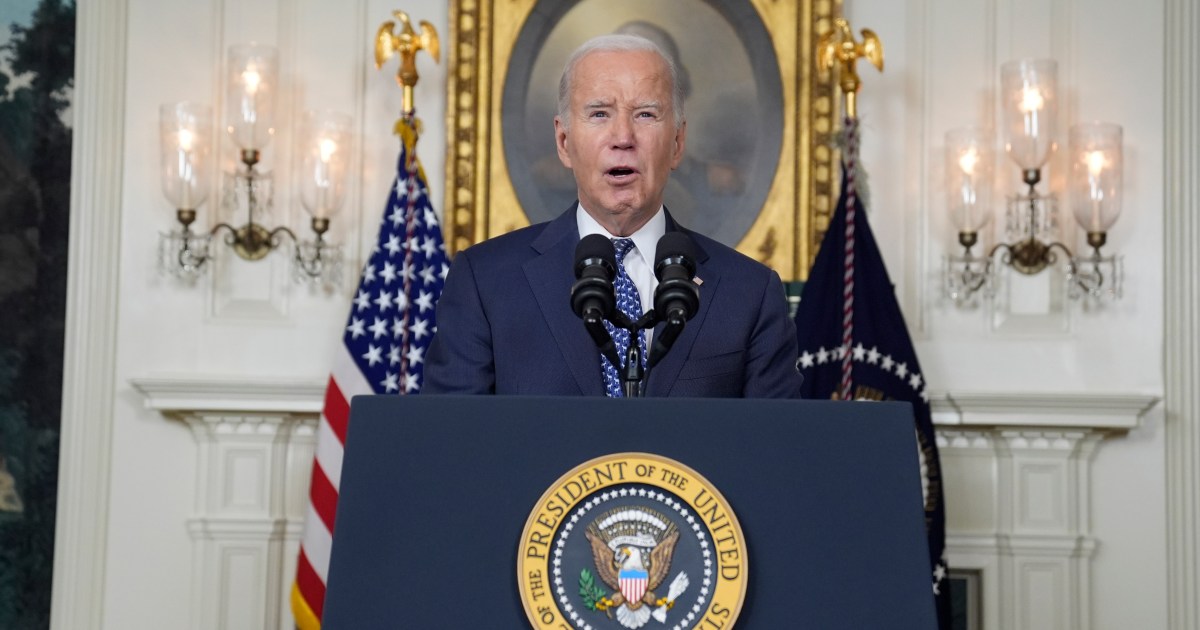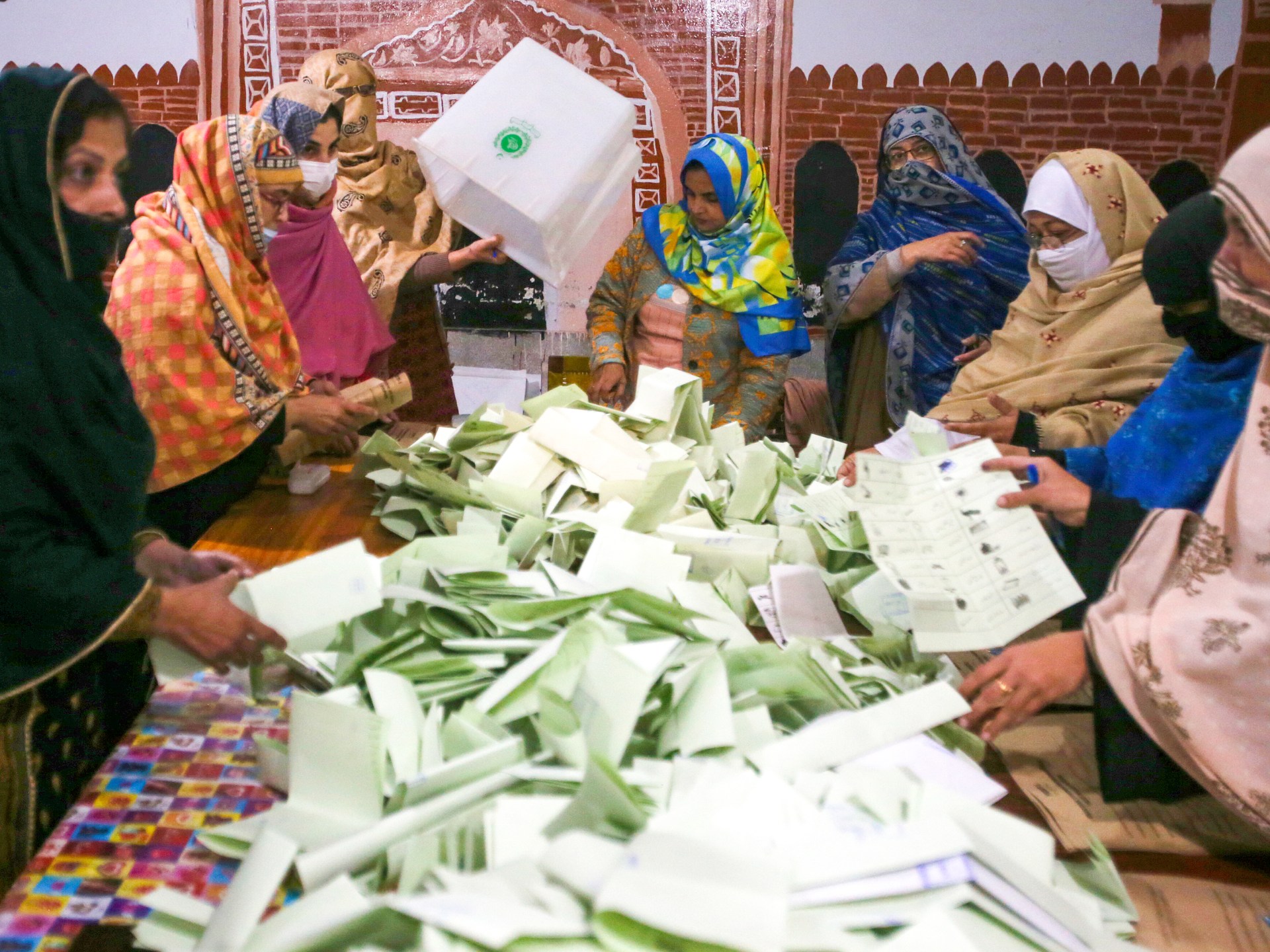Indias Rising Population & its March Towards Worlds Second Largest Economy — Global Issues
WASHINGTON DC, Jul 31 (IPS) – This year, India surpassed China as the world’s most populous nation. China is expected to overtake the US as the world’s largest economy by 2035, but its population will likely continue to decline, while India’s will continue to grow.
India is projected to surpass 1.5 billion people by the end of this decade, reaching 1.7 billion people by 2064. Goldman Sachs analysts recently predicted India will be the world’s second-largest economy by 2075.
India’s population growth is widely touted as an economic opportunity to be seized, a chance for India to press its advantage as the most populous nation on Earth, with the greatest proportion of working age people.
For example, there have been recent calls for India to take the helm as a world leader in steel production. Demand for steel is expected to surge as India’s population grows, and more steel production capacity could boost India’s economy.
But there is more to population growth than just bigger markets and workforces. The same population growth that drives up demand also puts immense pressure on environmental, education, and health infrastructure.
For example, it will increasingly strain access to clean water, threatening drinking water safety and sanitation for communities. It could also lead to shortages in teachers and schools, and scarcity of medical professionals and health facilities.
So, as India’s population grows, it’s imperative that we balance its economic development with the well-being of its people. Sabina Dewan, a senior visiting fellow at the Center for Policy Research, says population growth could be a “tremendous productive force for the economy” but economic growth “hinges on providing good quality, productive, and well-remunerated jobs.” As Wilson Center scholar Jennifer Sciubba put it, “We’ve got 1.4 billion people in India, and it’s up to India to decide whether or not that becomes a resource or a burden.”
How population growth ultimately impacts people depends on how government, civil society, and society as a whole address its challenges and capitalize on its benefits. One key aspect of this is upholding people’s sexual and reproductive health and rights (SRHR).
As India’s population expands, the number of people of child-bearing age will continue to grow, and the stakes of SRHR will get higher. Studies show access to comprehensive SRHR services is key for health and well-being and helps women and girls reach their educational and economic goals. It also enables them to delay and space childbearing, moderating population growth and easing pressure on natural resources and infrastructure.
Currently, women and girls in India do not have sufficient access to SRHR services. Two million adolescent Indian women have an unmet need for modern contraception. A staggering 78% of abortions among adolescents are unsafe, leading to an elevated risk of complications.
And as India’s population grows, it also raises the stakes of gender discrimination and achieving gender equity. Without sufficient investment in the health and rights and women and girls, population growth is likely to exacerbate existing gender disparities.
But when women gain access to more education, economic opportunity, and family planning resources, it leads to greater economic participation and prosperity. Research finds such programs can help lift people out of poverty, improving their standard of living and contributing to a more inclusive economy.
In order to leverage the demographic dividend from population growth, in addition to manufacturing, transportation, energy, and digital infrastructure, India’s government should invest in its people.
It should focus on skill development and quality education programs that include women and girls, with emphasis on vocational training and technical education to equip the workforce with the skills the rapidly changing job market demands.
India’s rapid population growth is neither a blessing nor a curse, neither utopian opportunity nor dystopian destiny. Instead, it’s a blend of challenges and possibilities. The outcome for people depends on the actions we take and the investments we make.
Conventional investments like ramping up steel production may raise India’s GDP, but won’t by themselves make people happier or healthier, or lead to greater productivity and prosperity in the long run.
For that we’ll need a comprehensive approach, including policies and investments that prioritize SRHR, gender equity, education, and health. That’s the pathway towards beneficial economic growth, sustainable development, and a more balanced, prosperous future.
Taira Bhargava is a Stanback Reproductive Health Research fellow at the Population Institute in Washington, DC. Hailing from New Delhi, India, she is a rising junior at Duke University, studying Human Biology and Environmental Science.
IPS UN Bureau
Follow @IPSNewsUNBureau
Follow IPS News UN Bureau on Instagram
© Inter Press Service (2023) — All Rights ReservedOriginal source: Inter Press Service
Check out our Latest News and Follow us at Facebook
Original Source





